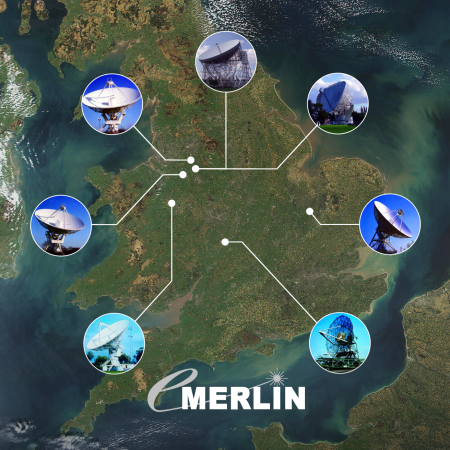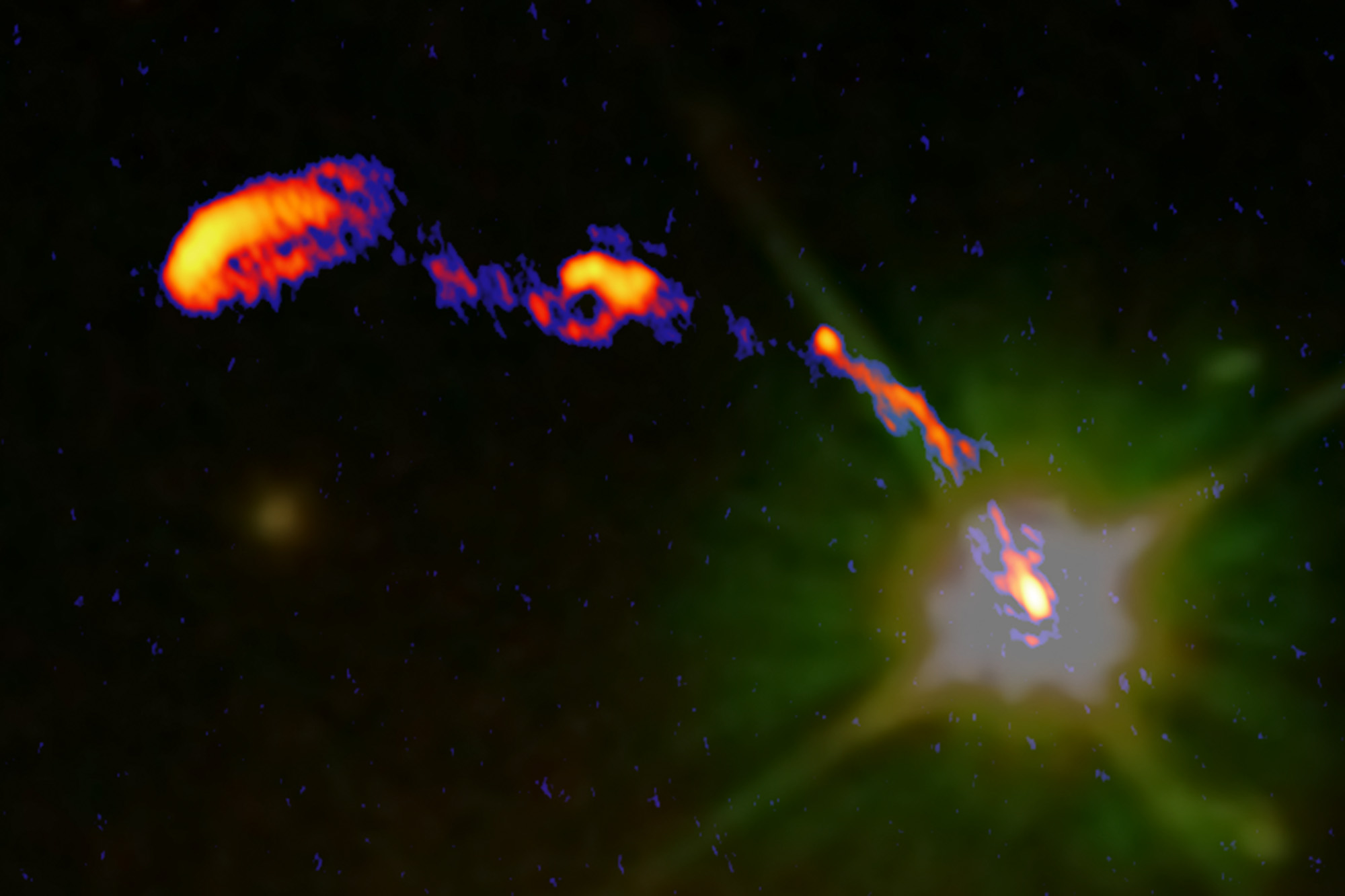e-MERLIN Data School and Early Science meeting
The e-MERLIN instrument is a high-resolution radio interferometer, capable of routine sub-arcsecond resolution imaging at centimetre wavelengths to sensitivity levels of a few microJy. Observations are competitively allocated by the Panel for the Allocation of Telescope Time, with a substantial proportion of time in the first few years being reserved for large Legacy Programmes. The science programme is wide-ranging and includes the study of the history of star-formation and black hole growth in galaxies, the physical processes which govern the formation of stars, the modes of activity in nearby galaxies, and the energetic processes in relativistic outflows from jets generated by black holes and compact objects. e-MERLIN has now been in full operational mode for some months, and a meeting was be held at the Jodrell Bank Centre for Astrophysics, Alan Turing Building, University of Manchester from 10-11 April 2014 to discuss early science, both from the Legacy projects and from PATT observations from Cycle 0 and the early part of the Cycle 1 allocations. Prior to that, on 20-21 January, there was a two-day data school, the aim of which will be to help those unfamiliar with the techniques of radio interferometry to reduce e-MERLIN data, including the use of existing analysis pipelines provided by the observatory, in time to present results at the early science meeting. The science meeting in April consisted of brief overviews of the status of the e-MERLIN observatory, together with contributed talks.Talks presented at the meeting
A list of talks presented at the meeting, with pdf versions where available, is given here.
RadioNet3 supported these meetings. RadioNet3 is made possible by the EU Seventh Framework Programme (FP7), Contract No. 283393.
Scientific organising committee: Melvin Hoare (Leeds), Neal Jackson (Manchester), Martin Hardcastle (Herts).





